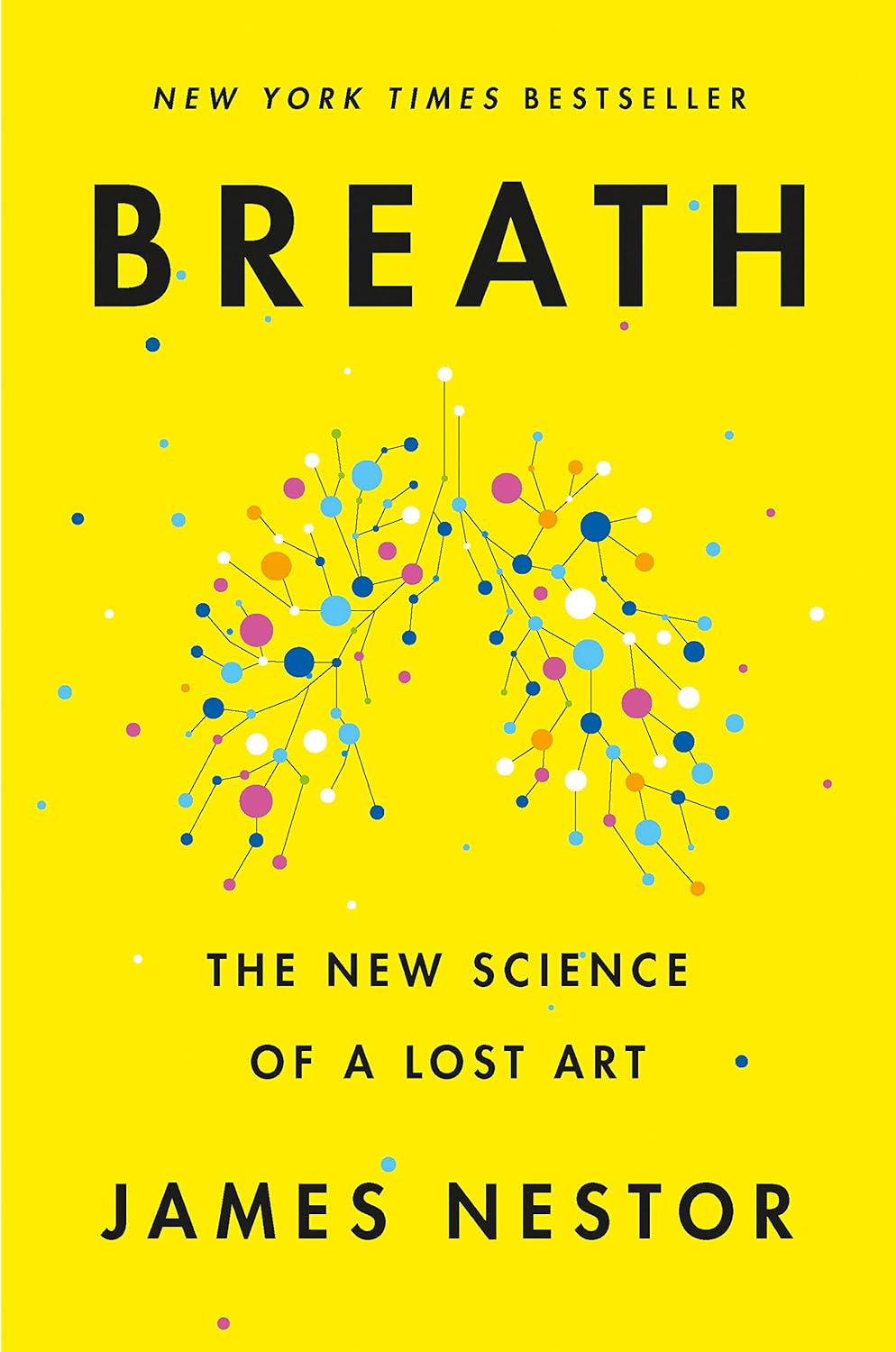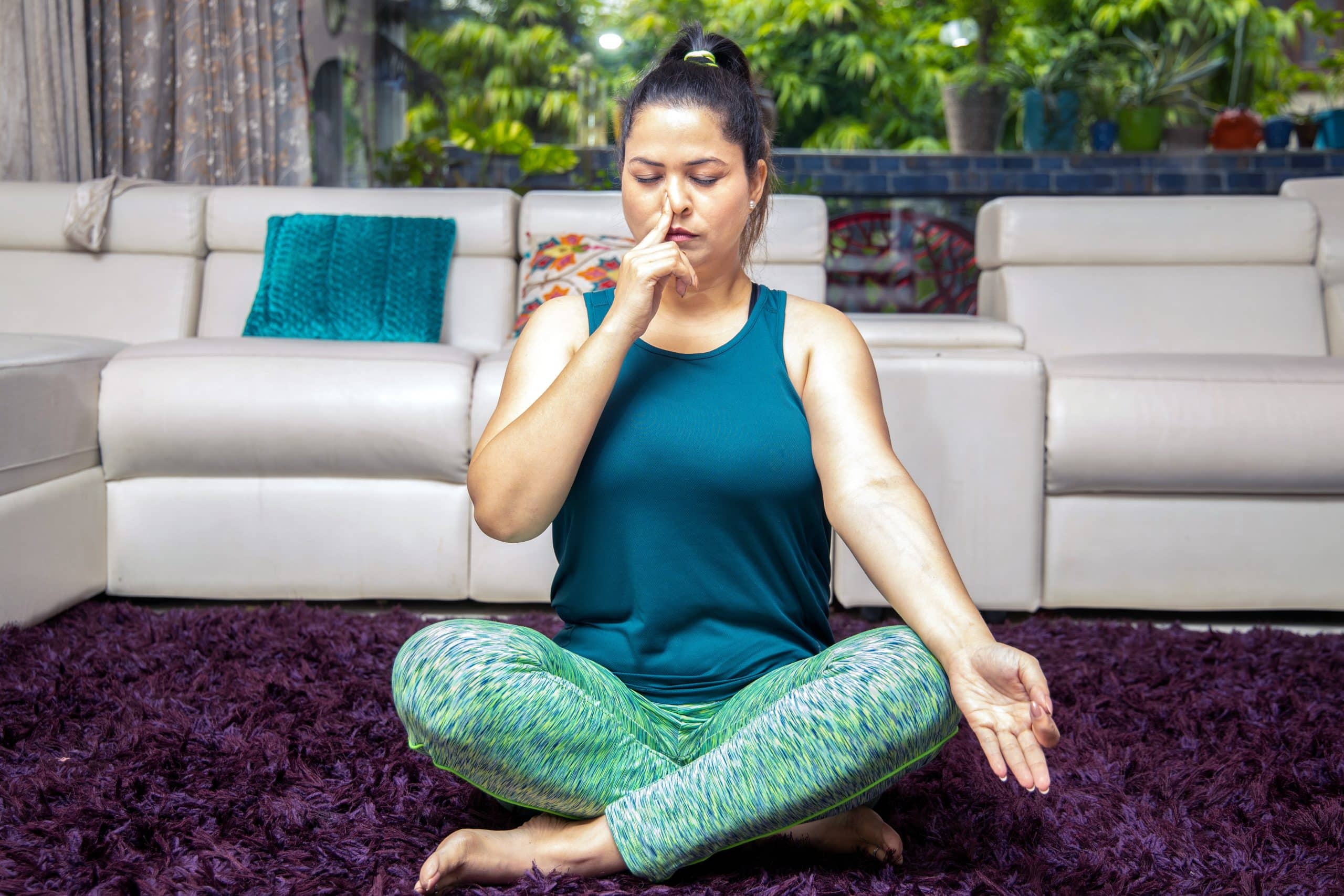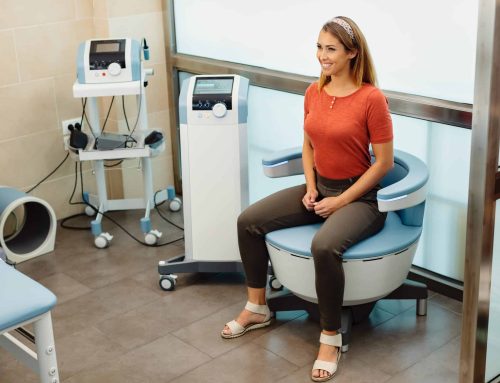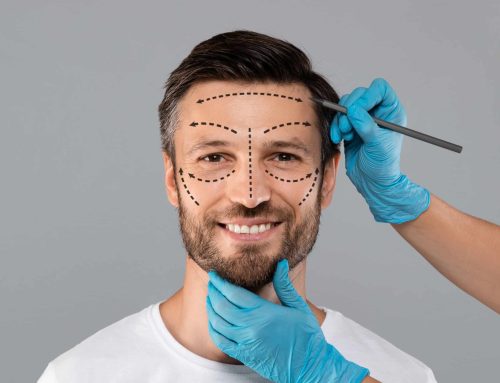Did you know that how you breathe is just as important as the act of breathing?
Is There a “Right” and “Wrong” Way to Breathe?
You may be wondering what that means or how you could breathe in any other way apart from simply inhaling and exhaling. Well, if you think about it, there are several ways you could probably name. For instance, some people breathe through their mouth, while others take short, shallow breaths. Even snoring is a varied way of breathing.
In her practice, Dr. Jill Wade, DDS, MAGD has treated people with snoring issues using laser technology via a device called Solea Sleep. Those she’s treated have had a noise reduction in their nightly snoring, which is a direct result of improving their oxygen intake while sleeping. “If you’re not breathing properly when you’re sleeping,” she says, “and you’re depriving yourself of oxygen, you’re not going to be functioning as optimally.” This is not only true of your mental well-being but also your physical well-being.
Oxygen Deprivation: Don’t Hold Your Breath
For health and beauty expert Laura Lewis-Edwards, she’s noticed that she’ll often hold her breath, especially when she’s under stress. “Someone had pointed [it] out to me before, several years ago,” she admits. This temporary breath-holding may not seem like a big deal, but the effects show up in your body as you are depriving your brain of oxygen, which carries catastrophic risks. “When somebody has an accident in a pool or has a drowning accident,” illustrates Dr. Wade, “the air not getting into their brain is what is really hurting them. So if you get suffocated…you don’t make it very long.”
Even small measurements, like minutes or seconds, can cause brain damage. This deprivation can also cause stress responses in your body such as increased cortisol levels. In fact, a study about drowning, published in the National Library of Medicine, says that most victims lose consciousness within two minutes, and within 4–6 minutes, they will develop an irreversible brain injury.
Dr. Jill Wade of Stonebriar Smile Design in Frisco, Texas, points out that, during your developmental years, the way you breathe actually influences the shape of your mouth and can cause your face, arch, and palate to expand more. She attests that being a dentist isn’t “all about teeth,” but “there’s so much more that a lot of dental offices are really starting to get into.” For her, breathing is one of those things, and she’s even begun using an Oura ring to monitor her sleep patterns and oxygen levels while she sleeps.
She favors these types of wearables—fitness trackers that can be worn—because they track this information and give you insight into the way your body functions and, perhaps, allow you to practice breathing properly. Maybe “you’re holding your breath more, for whatever reason, exercising,” she says. “Maybe even kind of breathing wrong during exercise or not enough, then that’s going to pick up on the Oura ring.”
Practice Your Breathing
While it might sound strange to “practice breathing,” it does have beneficial properties and outcomes. According to Dr. Wade, Breath, a book written by James Nestor, dives into the specifics of how and why breathing methods are important. So much so that an entire exercise phenomenon (aerobics) was built around the concept by Dr. Kenneth Cooper. Laura Lewis-Edwards’ father, who had a major heart attack at the age of forty, began working to restore his health by going to the Cooper Clinic, which was founded by Dr. Cooper. Dr. Wade attests that Dr. Cooper actually coined the term “aerobic,” which means “with air.” She goes on to say that he “built this whole program…making people understand that, while you’re in exercise, you had to breathe properly in order to get enough air so that your cells were not deprived of oxygen, so that your brain was not deprived of oxygen, which actually made you have a better workout, made you have better resiliency, made you sleep better at night.”
Opposite to aerobic is anaerobic, which means “without air.” More often than you realize, maybe during sleep, exercise, or moments of stress, you may be in an anaerobic state, effectively depriving yourself of oxygen. Dr. Jill Wade also has a dentistry practice in the Dallas/Fort Worth Metroplex, and she offers some interesting notes about how you breathe. “If you close the left side [nostril] and just breathe through the right side [nostril], it actually activates blood circulation and helps with logical thinking,” she claims. This is said to stimulate the left hemisphere of the brain.
If you reverse the method and breathe into the left nostril while closing the right, “you can lower your blood pressure almost instantly, decrease anxiety, and activate the creative and abstract-thinking parts of your brain,” Dr. Wade continues. She also points out that, as a whole, people are more often taking shallow, panting breaths, and she attributes this to a fast-paced culture. What would be more beneficial is taking longer, slower, deeper breaths, which would not only increase your oxygen intake but expel more carbon dioxide from your body.
Laura Lewis-Edwards concurs, stating that humans are designed to be more “neutral,” or alkaline, rather than acidic. She again ties a highly acidic state to increased stress levels. However, the way you breathe could be the cause of a physical obstruction, says Dr. Jill Wade, DDS. “In the nasal cavity itself…it’s kind of like a little maze up in there, believe it or not. And there’s these areas called turbinates…and the air kind of goes around them,” she explains. Those turbinates humidify and filter the air you breathe. Conversely, if you breathe through your mouth, not only is the air not getting filtered and humidified, but the turbinates in your nasal cavity actually get larger due to lack of utilization.
Having a deviated septum also makes it difficult to breathe and underutilizes the turbinates, which may cause you to breathe through your mouth more often. This is especially problematic during allergy and cold seasons where Dr. Wade says she sees more upper respiratory infections, allergies, and sinus infections. So, by practicing and employing breathing techniques, you can increase your oxygenation and decrease your levels of carbon dioxide, both of which carry their own benefits.
Breathing Techniques
This also sheds a bit of light and gives some validity to yogic breathing, as Laura Lewis-Edwards points out. “Part of the yogic breathing…is not just about the body; it’s about the mind,” she says, referring to “box breathing.” This is also something Dr. Wade implements into her morning routine, even with her young adult children, who are active athletes, stressing that the quality of breath is just as important as the breath itself. She also mentions that another consequence of improper breathing is disrupted sleep, and “if kids are not getting the proper amount of sleep and/or the proper quality of sleep, they can actually have ADD-like symptoms, ADHD-like symptoms in school settings, not because they actually have it, but because they’re so exhausted and their brain is so tired [from lack of oxygen] that they have symptoms that appear the same,” she explains.
So, whether you’re an athlete, young child, or at any other stage of life, you can adapt better breathing techniques to improve your mental and physical health. Breathing methods to try:
- Box breathing: breathe in for four counts, hold your breath for four counts, then exhale for four counts. Repeat.
- Alternate nostril breathing: switch between breathing through one nostril and then the other.
- Deep breathing: encourages full oxygen exchange by filling your lungs and breathing from the diaphragm.
Dr. Jill Wade states that getting your breaths down to about eight per minute is good quality, healthy breathing. To practice, Laura Lewis-Edwards suggests putting your fingers on your ribs and breathing in while feeling the expansion of your ribs, then exhaling slowly. If you struggle to breathe through your nose at night or during sleep, you can try things like mouth tape, nasal strips, or nasal dilators.
However, if you have (or suspect) an obstruction of some sort—deviated septum, bone spur, or something obstructing your adenoids or tonsils—consider seeing your dentist, who can use a cone beam three-dimensional x-ray unit to take images of the upper area of your face and determine if you have any of the aforementioned issues. They may recommend seeing an ear, nose, throat (ENT) specialist to further investigate and rectify any issues you may have.
In the meantime, practice some of these breathing techniques and see how they affect the way you think and feel. It’s a simple and free way to improve your oxygenation, cognitive function, and help with stress management.
Click here to watch this episode of the Beyond Face Value Show on YouTube.
Visit us on YouTube to hear more about Stonebriar Smile Design in Frisco, Texas, and wellness dentistry, and be sure to comment, like, and subscribe.








